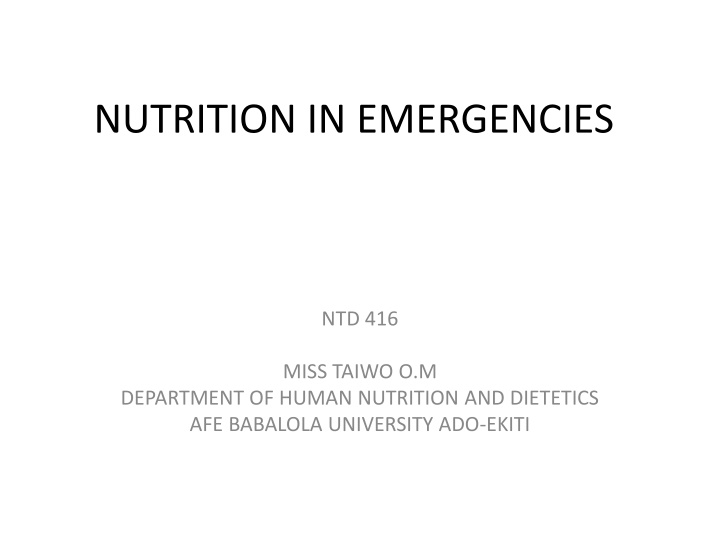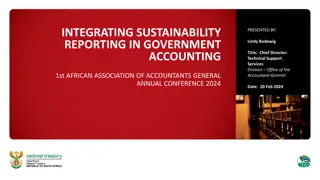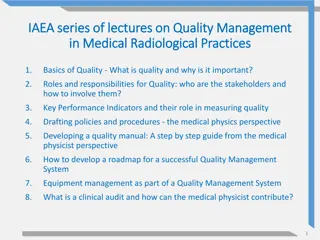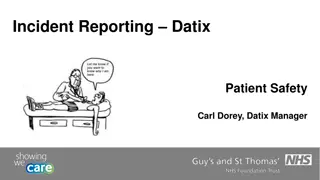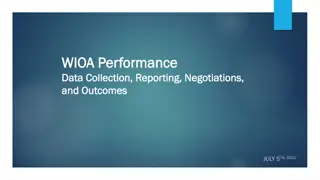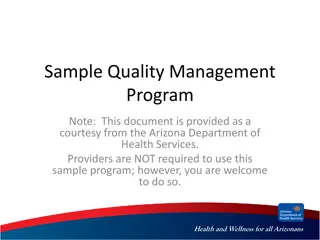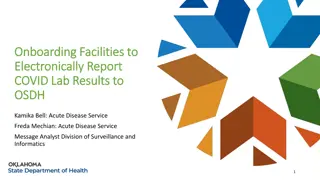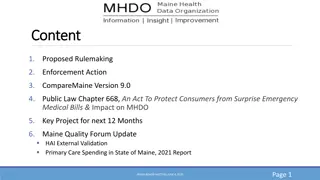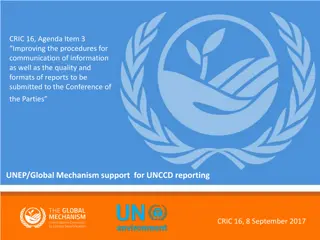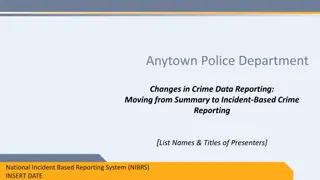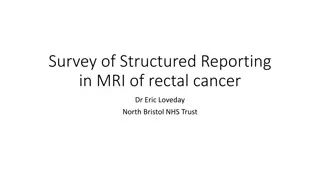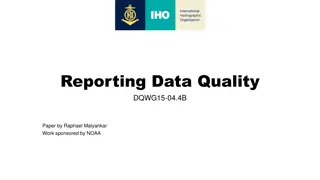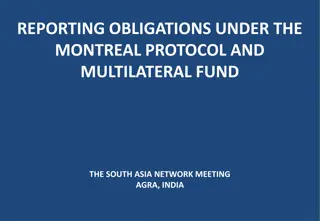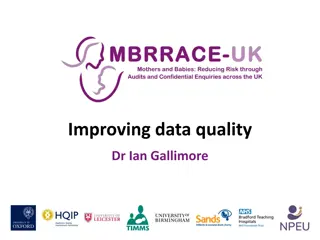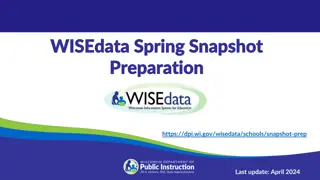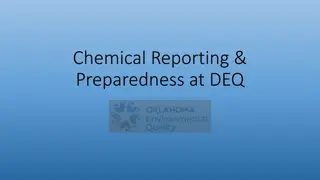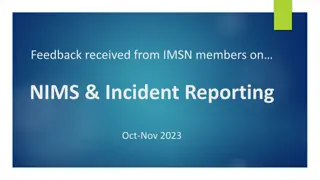Healthcare Quality Data Collection and Reporting
This content delves into the importance of data collection in healthcare quality improvement, exploring various sources and categories of data. It highlights the significance of collecting data efficiently to measure clinical quality, financial performance, patient satisfaction, and functional status in healthcare organizations.
Download Presentation

Please find below an Image/Link to download the presentation.
The content on the website is provided AS IS for your information and personal use only. It may not be sold, licensed, or shared on other websites without obtaining consent from the author.If you encounter any issues during the download, it is possible that the publisher has removed the file from their server.
You are allowed to download the files provided on this website for personal or commercial use, subject to the condition that they are used lawfully. All files are the property of their respective owners.
The content on the website is provided AS IS for your information and personal use only. It may not be sold, licensed, or shared on other websites without obtaining consent from the author.
E N D
Presentation Transcript
NUTRITION IN EMERGENCIES NTD 416 MISS TAIWO O.M DEPARTMENT OF HUMAN NUTRITION AND DIETETICS AFE BABALOLA UNIVERSITY ADO-EKITI
Introduction Protecting the nutritional status of vulnerable groups affected by emergencies is crucial and a humanitarian right. Individuals who suffer from acute malnutrition are much more likely to become sick and to die. Emergencies have an impact on a whole range of factors that can increase the risk of malnutrition, illness (morbidity) and death (mortality).
What is Emergency? extraordinary , urgent and sudden situations resulting in significant destruction and loss of, or threat to lives.
TYPES 1. Loud emergencies: It result from catastrophic events such as hurricanes, earthquakes, floods and war. These events typically receive considerable international publicity although this does not always translate into an adequate humanitarian response. 2. Silent emergencies: These type of emergencies receive limited international attention or humanitarian assistance. It tend to be of little political interest to industrialized nations, are rarely covered in the media, and can be marginalizedin donors funding decisions.
Emergencies cover a wide variety of scenarios. They differ in terms of: Length Cause Magnitude Impact Affected groups Humanitarian response
Where do nutrition in emergency occur? Asia Africa
Causes severe shortages of food combined with disease epidemics. natural disasters, conflict, political crisis, economic shocks and food price increases can trigger a nutrition emergency
What types of malnutrition occur in emergencies?
Factors that determine the vulnerability to Nutrition Emergencies underlying health and nutrition situation, HIV Poverty and urban pressures risk of shocks (natural disasters, economic) to the population.
Who are most nutritionally vulnerable in emergencies? Physiological vulnerability (e.g. young children, pregnant and lactating women, older people, disabled and people living with chronic illness such as HIV and AIDS) Geographical vulnerability (e.g. people living in drought- or flood-prone areas or in areas of conflict) Political vulnerability (e.g. oppressed populations) Socio-economic vulnerability Internal displacement and refugee status (e.g. those who have fled with few resources)
Challenges of NIE a. Lack of commonly agreed classification system for nutritional crises b. Proliferation of food based products for the treatment of acute malnutrition c. Limited evidence for an effective model to treat moderate acute malnutrition d. Challenges in implementation of the Operational Guidance on IYCF in emergencies e. Constraints to the operating environment f. Inadequate skills and expertise in nutrition in emergencies at national level g. Linking relief, recovery and development efforts h. Linking nutrition interventions with each other and with other sectors
